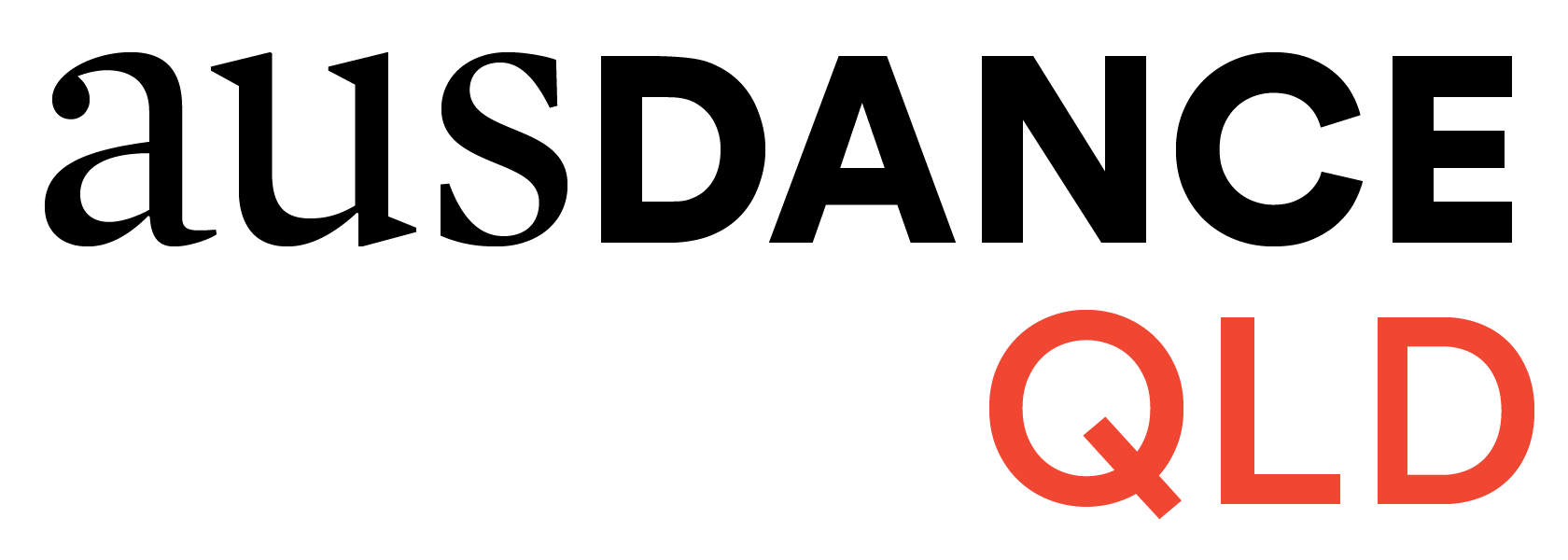IN|FORM | GOLD!
Gold! Enabling older people to move, feel and live better through dance
Contributed by Gail Hewton & Julie Chenery, Gold Moves Australia
Gold Moves Australia (GMA) has a focus on health and wellbeing for older people through dance. It was established in late 2018 by Gail Hewton and Julie Chenery to meet the growing demand for and facilitate access to dance programs by increasing the number of dance teachers and offering quality dance experiences to older people through the provision of professional development.
First Nations peoples have always known the value of dance for all. Now, in our own small way, GMA is hoping to help many communities develop ways to offer health and wellbeing benefits through dance to all of their older people.
In contemporary western society, dance is seen as a young person’s game and older people dancing are often viewed with disdain. This ageist view is exclusive and discriminatory. GMA aims to undermine this view dispel it through its offerings. Ageist views in society, including those of older people themselves, limit older people’s access to the benefits they can experience through dance as well as robbing society of happier, healthier older people. If we understand each participant’s interests and needs, we can find ways to make dance possible for all older people.
GMA has developed a number of principles as a guide for good practice. These principles are relevant for all practitioners wishing to work with older people.
GMA encourages underpinning practice with a relational approach as it can significantly enhance the physical, cognitive, emotional and social benefits of dance. To be inclusive, we all have an obligation to examine our own assumptions and biases to make careful choices in language, content and delivery so as to celebrate difference rather than to inadvertently offend or harm participants.
Statistics show that the two most debilitating health factors for older people are falls and social isolation. As such, GMA adds a focus on falls prevention and social connection to the many benefits that dance already offers intrinsically. GMA values the importance of incorporating information about the implications of ageing on the physical body as well as safely integrating evidence-based falls prevention principles and exercises in the dance we offer. Social connection is supported in many ways through dance, e.g. meeting and dancing with others, sharing stories and interests and expressing these creatively. GMA also encourages facilitating social activities beyond the dance session such as morning/afternoon teas, lunches or other cultural events and activities.
Beyond being inclusive of the diversity of older people in this approach, our GMA principles can allow the inclusion of any dance genre or style; different activity types; and various community settings. However, in order to cater for older people, some adaptations may be necessary. Cultural dance practitioners may need to consult with cultural leaders for approval of any adaptations. These principles can apply to classes, workshops, creative projects etc. in a range of settings such as the dance studio, community halls, retirement villages, nursing homes, hospitals and in home. GMA aims to also offer professional development to other practitioners such as allied health and care workers so they can incorporate aspects of dance in their offerings.
We are hoping to be inclusive of people, irrespective of their geographical locations nationally and internationally, by developing online training as well as face to face professional development opportunities.
There is much to consider when working with older people to be truly inclusive. We have endeavoured to touch on a few aspects in this article and welcome conversation around this field of practice.

